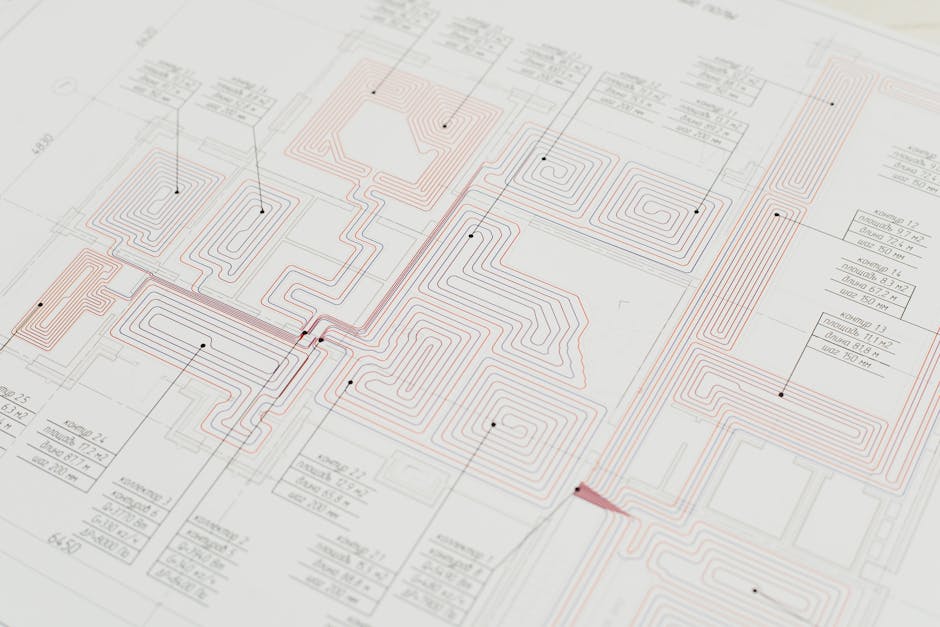
As digital transformation accelerates across industries, smart construction platforms and intelligent buildings are becoming prime targets for cyber threats. These systems handle sensitive data, from architectural blueprints to tenant information, making them attractive to attackers. Recent reports highlight the growing risks tied to IoT devices, cloud integrations, and AI-driven automation in construction technology1.
Security Risks in Smart Building Platforms
Smart construction platforms rely on interconnected IoT sensors, cloud-based project management tools, and AI for predictive maintenance. These technologies introduce vulnerabilities such as unencrypted data transmissions, weak access controls, and third-party supply chain risks3. For example, a 2023 study found that 68% of smart building systems lacked basic encryption for sensor data, leaving them exposed to man-in-the-middle attacks.
The European standard UNE-EN 17259 now mandates privacy-by-default in product development, but adoption remains inconsistent7. Construction firms often prioritize functionality over security, creating gaps that attackers exploit. A notable case involved a breach of a smart HVAC system in a commercial building, which allowed lateral movement to financial records stored on the same network.
AI-Driven Threats and Defenses
Artificial intelligence introduces both risks and solutions. Attackers use AI-generated malware to bypass traditional detection systems, while defenders employ adversarial training to identify anomalies10. In one incident, a deepfake audio scam tricked a construction firm into transferring $2.5 million by impersonating a project manager.
To counter these threats, experts recommend:
- Implementing data classification schemes to tag sensitive blueprints and contracts
- Enforcing multi-factor authentication for all cloud-based construction management tools
- Conducting regular audits of third-party vendors with access to building systems
Regulatory and Technical Solutions
The GDPR Article 30 requires detailed records of data processing activities, which construction firms often neglect6. Automated compliance tools can help track data flows across smart building platforms. For instance, Termly’s platform automatically generates privacy policies based on a project’s data collection points.
Cloud security measures like encrypted object storage and role-based access controls are critical for protecting architectural designs and bid documents4. The STACK construction platform recently implemented zero-trust architecture after a phishing attack compromised several contractor accounts.
Conclusion
Smart construction platforms require security frameworks that address both traditional IT risks and IoT-specific vulnerabilities. As standards like UNE-EN 17259 gain traction, firms must balance innovation with robust data protection measures. Future developments will likely focus on blockchain for supply chain verification and AI-powered anomaly detection in building management systems.
References
- “Privacidad de datos y ciberseguridad en plataformas de construcción inteligente”. Ciberseguridad Pyme.
- “Diseño de ciudades inteligentes debe priorizar ciberseguridad y privacidad de datos”. Automática e Instrumentación.
- “Ciberseguridad, privacidad y brecha digital”. IESE Insight.
- “UNE-EN 17259: Ciberseguridad, privacidad y protección de datos”. Revista AENOR.
- “Riesgos de la IA en ciberseguridad”. Malwarebytes.
- “Riesgo digital: fusionar ciberseguridad con la privacidad de datos”. Grant Thornton.
- “Cuestiones de privacidad de datos”. Termly.
- “La importancia de la ciberseguridad en la construcción”. STACK.






